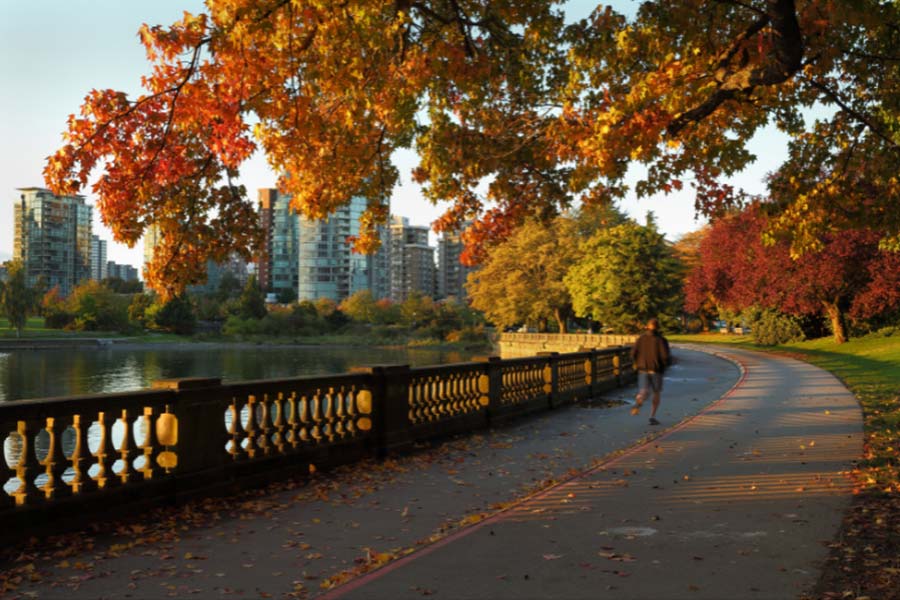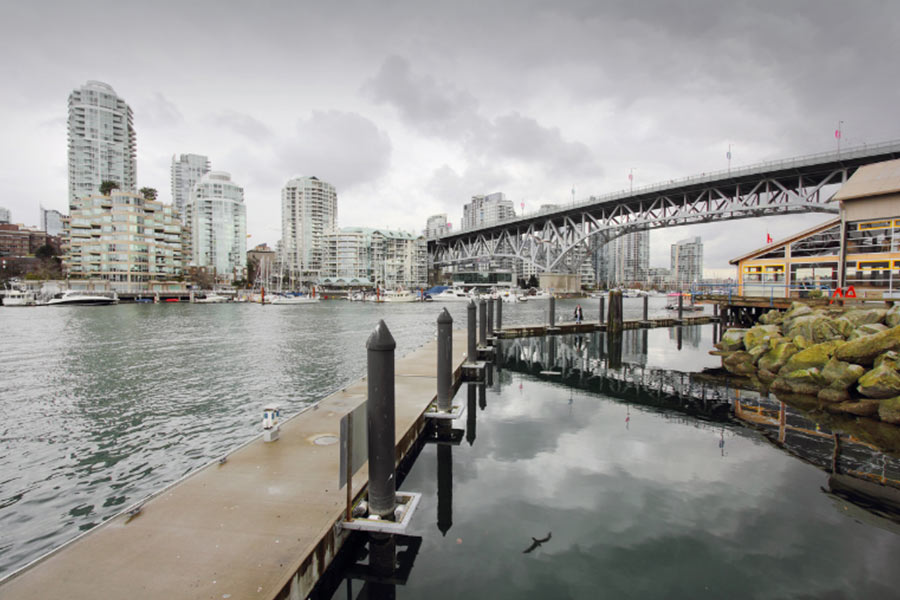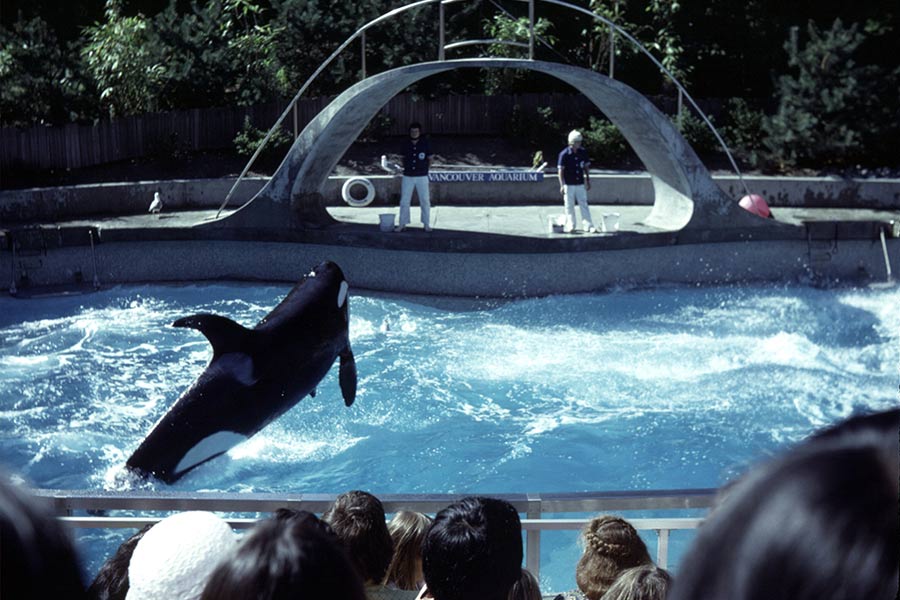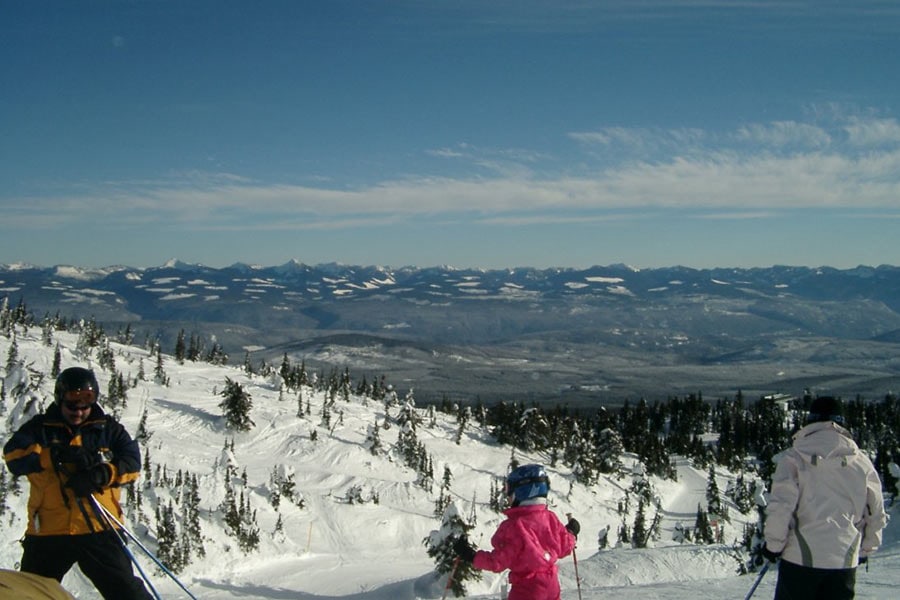Did you know in 2019, British Columbia attracted more than 6 million international tourists? But what makes British Columbia's geographical location ideal for tourists?
There are tons of ideal tourist destinations in British Columbia. The province’s natural beauty, diverse eco-system, and culinary delights are worth experiencing.
Planning to visit British Columbia? Please keep reading to identify 5 perfect tourist destinations in British Columbia that will make your visit worthwhile.
Dichotomy of British Columbia
British Columbia (BC) is a mosaic of environmental eco-systems. It supports a vast diversity of plant and animal species.
There are five ecozones: Pacific Marine, Mountains, Intermontane, Interior Cedar-Hemlock, and Boreal. Each one has its unique characteristics, climate, and vegetation.
British Columbia’s biodiversity is amazing! It is one of the most biodiverse regions on Earth. It is home to 25% of Canada’s total species.
The province of British Columbia is often described as having a split personality. On one hand, it’s rugged, untamed wilderness. On the other, it’s metropolitan and cosmopolitan.
People can hike in the morning and go skiing in the afternoon. You can visit a rainforest or the desert, depending on your mood.
It's also home to a diverse population of more than 4 million people. The city of Vancouver is multicultural and multiracial. Over 50% of its population are immigrants or descendants from immigrant families.
It’s a place where the mountains meet the sea. Ancient glaciers have carved out fjords and steep-walled inlets. The province is also home to a wide variety of wildlife.
British Columbia's diverse ecosystem attracts thousands of tourists. It's a place where First Nations people, explorers, and settlers came to live, work and play.
History
British Columbia is the westernmost province of Canada. It was initially part of the Northwest Territories but became its own entity in 1871.
The Canadian Pacific Railway spurred rapid growth and development within the province. This attracted both European and Chinese immigrants, resulting in economic growth and population.
British Columbia has a long history of tourism, from the gateway to the Pacific Northwest to becoming the playground of Hollywood's elite. The province has always been a popular destination for travellers.
Tourism was a part of British Columbia long before the first Europeans set foot in North America. From the Coast Salish peoples to the Chinese railroad workers. Many cultures have influenced BC tourism throughout its history.
The province's tourism industry has undergone significant focus shifts in recent years. It's no longer competing with other major tourism markets such as California. BC focuses on what makes it unique; its natural beauty, vibrant cities, and endless recreation opportunities.
Getting Around British Columbia
For many years British Columbia was an isolated province. It was cut off from the rest of Canada by the Rocky Mountains. It was always sparsely populated, and many of its settlements were started due to gold rushes.
Today the province settlement and urbanization have grown rapidly. Navigating the city has become easier, which is an incentive for tourism. Here are essential attributes of the province:
Location
British Columbia is a Canadian province known for its rich natural environment. It's home to the Rocky Mountains, the Great Bear Rainforest, and over 100,000 lakes. Vancouver is British Columbia's largest city, with over 600,000 people.
Victoria's capital city is a charming coastal city on Vancouver Island. It is host to historic and luxurious hotels and the Royal BC Museum.
British Columbia’s diverse landscape is home to an abundance of wildlife.
Transportation
The British Columbia transportation system moves freight and passengers throughout the province. The system includes highways and roads, ferries, public transit, and airports. British Columbia has an extensive transportation network. It reaches every corner of the province.
Public transportation in British Columbia is a shared responsibility between the provincial government and municipalities.
The Canadian province of British Columbia heavily invests in developing its transportation system. In June 2016, the province unveiled a $3 billion plan to build the largest public transportation system.
The new transportation system is known as "The Big Leap." It features rapid transit buses, light rail, and rapid ferries. This helps commuters travel throughout the Greater Vancouver area.
1. Stanley Park
Stanley Park is one of the largest urban parks in Canada. It is located on the southeastern shore of English Bay in Vancouver, British Columbia. The park is 1,001 acres (4.04 km2) and is approximately 3.5 km long and 1.5 km wide.
Stanley Park has bike trails, hiking trails, picnic areas, beaches, and canals. Entrance at Stanley is free, which offers an affordable vacation option. While in Stanley Park, you can enjoy some fantastic activities like:
- Cycling, swimming, kayaking, and hiking
- Exploring the ruins of an old hospital
- Enjoying nature at the beach
- Fun water sports such as kite surfing, boogie boarding, and windsurfing
The park is named after Lord Stanley, 16th Earl of Derby, a British politician who had recently been appointed Governor General.
Stanley Park has numerous attractions and facilities within its borders. This includes the Bloedel Conservatory, Prospect Point, the Vancouver Aquarium, totem poles, and statues. The Hollow Tree (a carved tree trunk), Stanley Park Drive (a scenic route through the park), a rose garden, and numerous beaches.
2. Whistler Blackcomb
Whistler Blackcomb is a ski resort located in the southern part of British Columbia. It’s known for being one of the most scenic ski resorts.
The mountain offers a diversity of terrain. It is unmatched by any other resort in North America. It is the ultimate playground for all types of skiers and snowboarders.
It has more than 200 marked runs and over 4,000 acres of skiable terrain. Whistler Blackcomb is where the whole family can truly enjoy the mountain together.
The Sea to Sky Gondola at Whistler Blackcomb is one of the world's largest and most advanced gondolas. The system can handle over 2 million skiers per year. It consists of 13 stations spanning 11.4 kilometres (7 miles) in length.
Whistler Blackcomb Weather
Whistler is known as a year-round destination. This accommodates outdoor activities such as hiking and backpacking, mountain biking, snowboarding, and skiing in the summer. Ideal winter sports include snowmobiling, ice climbing, and ice skating.
The best time to visit Whistler is the summer months between June and August. During this time the temperatures are usually in the high 20’s (Celsius). It's less likely you will experience any snow.
3. Granville Island
Granville Island is a small island in the middle of Vancouver. The island was developed in 1979 by the Canadian Government. It was sold to the city of Vancouver in 2006. Several private companies have redeveloped the area. Today it is one of the most popular tourist destinations in British Columbia.
How to Get to Granville Island
Granville Island is an easy destination to get to from downtown Vancouver. You can either take public transit or drive yourself.
There are several routes to Granville Island from downtown Vancouver. The first is by transit. From Downtown Vancouver, you can take the Granville Streetcar up Granville Street. This will get you from downtown to Granville Island.
You can also take the bus for roughly the same price as the streetcar. However, it will take about twice as long to get there.
There are also private companies that offer tours from downtown Vancouver to Granville Island. If you are driving, take the Granville Street Bridge from downtown Vancouver. Take a left at the first set of lights and follow the signs to parking.
Once you have parked, walk up to the Granville Island Public Market.
Granville Island Market
Granville Island is a public market with over 100 shops, restaurants, and galleries. You can explore the Public Market or the public market food court.
The public market has over 40 different shops and stalls. It sells everything from fresh produce to handmade clothing and local arts and crafts.
The public market food court is located in the middle of the public market. The vendors sell a variety of foods, including Italian, Chinese, Mexican, and more.
Granville Island market also offers live entertainment, culinary classes, and cooking demonstrations.
Granville Island Brewery
Granville Island Brewing uses solar power and makes use of recycled materials. It hosts environmentally friendly initiatives. This includes organic hops farming and a meat-free kitchen.
The brewery has an expansive beer garden, two restaurants, and a tasting room. This is an ideal place to spend an afternoon - sipping on some local beer, while snacking on something tasty. The location is also available for parties, weddings, and film shoots. There is a gift shop, art gallery, and theatre to enjoy as well.
4. Vancouver Aquarium
The Vancouver Aquarium is a non-profit public organization. It was incorporated in June 1966 and officially to the public on June 30, 1972.
The aquarium is open 365 days a year. It welcomes over 1.2 million visitors each year. The Vancouver Aquarium is located at Second Beach in Stanley Park, downtown Vancouver.
What Animals Are at the Vancouver Aquarium?
The Vancouver Aquarium is home to a wide variety of animals. The aquarium has several permanent exhibits and almost 3,000 animals. This represents more than 450 different species.
The aquarium's mission is to protect aquatic life and habitats. This is through conservation, education, and research. The aquarium rehabilitates injured animals and protects endangered species.
Penguins, beluga whales, orca whales, sea otters, harbour seals, and walruses are just a few animals in the aquarium. It also has one of the largest collections of cetaceans and pinnipeds on display in North America.
Vancouver Aquarium Prices
Vancouver Aquarium prices are $30 for adults and $18 for children. People pay $30 to see the different animals and even feed them. Recently, they added a new fee of $5 to visit their beluga whales.
The $5 covers the cost of their care and feeding. You can buy a combo ticket that costs $55. The combo ticket includes the following:
- Vancouver Aquarium (the aquarium itself)
- Underwater world (the exhibit that houses the jellyfish, seahorses, and sea dragons)
- The rainforest (a tropical forest with all kinds of animals)
- A live bird show
- The theatre, which features an underwater dolphin show
- The 4D Experience
The 4D experience is a movie that you watch while the seats move. There are other special effects like water spraying at you!
5. Big White Ski Resort
Big White Ski Resort is a large ski resort in British Columbia. It is located in the Monashee Mountains near Kelowna, at an elevation of approximately 1,800 meters. Big White has been voted one of the best ski resorts in North America.
The resort covers an area of 4,000 hectares. It has 100 runs on five mountains with a total vertical drop of 900 meters. Big White Ski Resort has more than 350 inches of average annual snowfall.
It has Canada’s second-largest vertical drop at 2,022 feet (621 m). The highest point is at 2037 meters above sea level. This attracts skiers from all over Canada and the United States.
The resort has so much to offer for all ages. Activities include:
- Big White Ski School
- Freestyle snowboard camps
- Private and group lessons for children, teens, and adults
- Snow tubing park
- Snowbird lodge to rent for adults above 21 years
- Snowshoeing in the beautiful Big White backcountry
- Horseback riding
Big White Ski Resort is home to two glaciers: Big White and Silver Star. Big White Ski Resort is the closest ski resort to Vancouver, BC. It’s only a 3-hour drive from Vancouver.
Pack Your Bags and Head to BC Today!
Fun tourist destinations in British Columbia are limitless. Enjoy the vast diversity in ecosystems, cultures, and activities. You'll find something for everyone to love, no matter who you're travelling with!
Insurdinary helps you find the best rates for travel insurance in Canada. The covers protect you from liabilities like lost baggage, trip cancellation, or medical emergencies.
Contact us today to get a free quote today.





